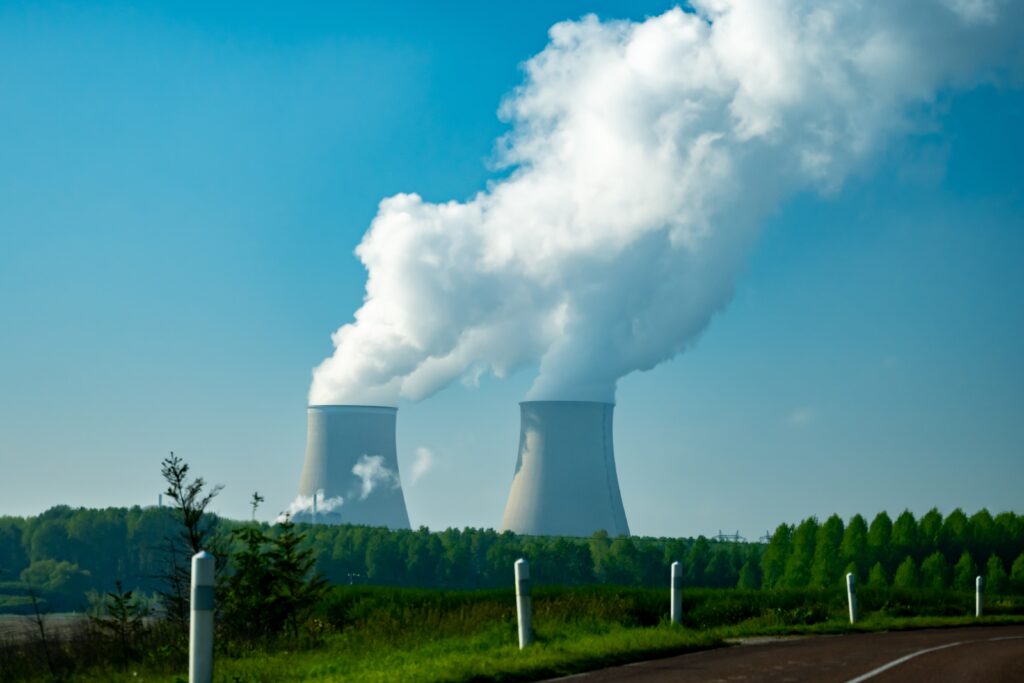Tensions are rising again near the Zaporizhzhia nuclear power plant in southern Ukraine. The plant, Europe’s largest, has been under Russian control since the early days of the 2022 invasion. Though Russia holds the site, the reactors have not produced power since the occupation began. Now, new activity around the plant has sparked fears that Russia may try to restart it—without Ukraine’s consent.
Satellite images published by Greenpeace show that Russia is building a new high-voltage power line near the nuclear facility. The line appears to run through parts of the Donetsk and Zaporizhzhia regions currently under Russian control. While the Kremlin has made no public statement, experts say this construction might be a step toward restarting the plant’s operations.
Greenpeace’s Shaun Burnie called the move alarming. “This is illegal,” Burnie said, warning that any plan to restart the plant without Ukraine’s approval would break international law. Ukraine quickly filed a formal complaint to the International Atomic Energy Agency (IAEA), arguing that Russia cannot legally operate the plant. Officials in Kyiv said doing so without Ukrainian approval would threaten not just Ukrainian safety, but nuclear security across Europe.
Despite the concern, IAEA inspectors at the site say they have not seen any signs that Russia is actively preparing to reactivate the plant. “There’s no indication of current restart efforts,” one IAEA official said on condition of anonymity. Still, the presence of the new power line has raised questions and increased pressure on international monitors.
The Zaporizhzhia plant has six reactors. All are shut down but still contain nuclear fuel. These reactors must stay cool at all times to avoid a dangerous meltdown. Since the war began, the plant has suffered multiple power outages caused by nearby fighting. In those cases, workers had to rely on emergency diesel generators to keep the safety systems running. Each outage added new risk.
The 2023 destruction of the Kakhovka Dam, which used to supply water from the Dnieper River to the plant, made things even worse. That water was essential to cooling the reactors. Now, the staff at the facility depend on wells for water. But the flow from wells is much less than what the river provided. Experts say this setup is only enough to maintain the current cold shutdown state. If the plant were to restart, the water supply would likely not be enough to meet cooling needs.
“There’s no quick or simple fix,” another IAEA expert said. “Starting the plant again would be very risky under the current conditions.”
IAEA Director General Rafael Grossi has continued to monitor the situation closely. His agency rotates teams of inspectors in and out of the plant to ensure that safety rules are followed. Grossi plans to meet with both Russian and Ukrainian officials soon to talk about the future of the plant.
The city of Zaporizhzhia, located about 440 kilometers southeast of Kyiv, is still controlled by Ukraine. The front line of the war runs near the nuclear site, and there have been reports of gunfire and shelling near the facility. These dangers only add to fears that restarting the plant now would be reckless.
Adding another layer to the story, former U.S. President Donald Trump reportedly brought up the Zaporizhzhia plant during a March phone call with Ukrainian President Volodymyr Zelenskyy. According to reports, Trump suggested putting all of Ukraine’s nuclear power plants under U.S. protection to prevent future attacks. The idea has not moved forward, but it shows how concerned global leaders are about the site.
So far, Russia has not responded to Ukraine’s complaint about the new power line. Nor has it offered a clear plan for the plant. But the silence itself is troubling for many.
The fear is not just about one facility. Nuclear energy experts say any action that breaks global safety rules could set a dangerous example. If countries begin operating nuclear sites outside of proper controls, the risk of accidents grows for everyone.
The Zaporizhzhia plant, once a symbol of Ukraine’s energy strength, now stands as a warning. Its reactors sit silent but full of risk. Restarting them in a war zone, without full safety checks and international oversight, could trigger a disaster with long-term damage.
For now, the world waits to see what will happen next. The IAEA is watching. Ukraine is warning. And Russia remains quiet. But one thing is clear—building a power line in a war zone near a shut-down nuclear plant is not just an energy issue. It is a global safety concern.


